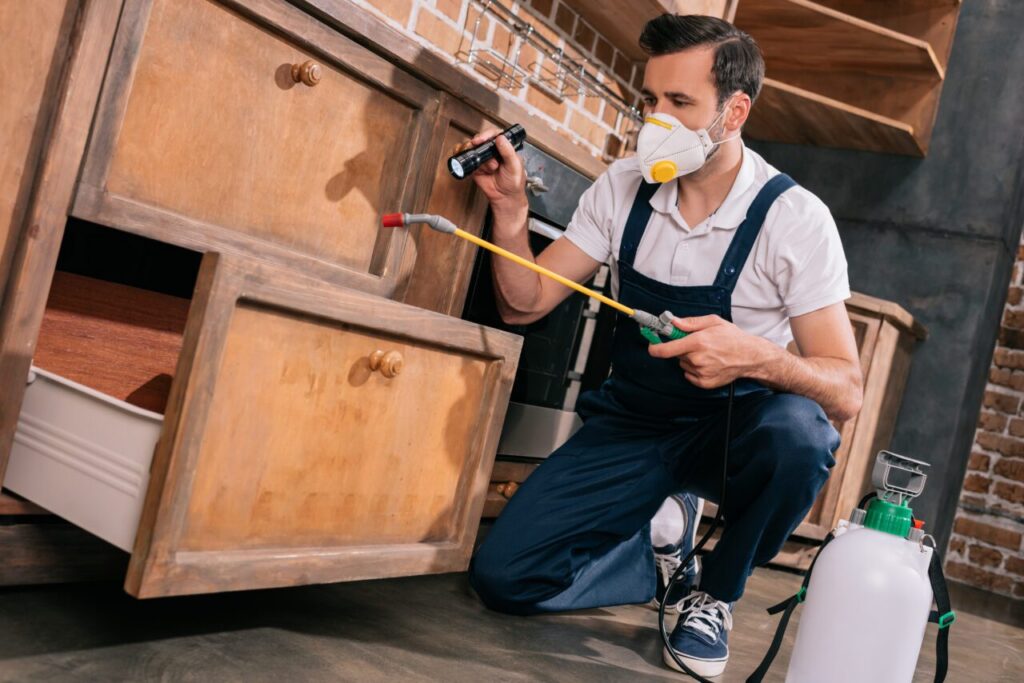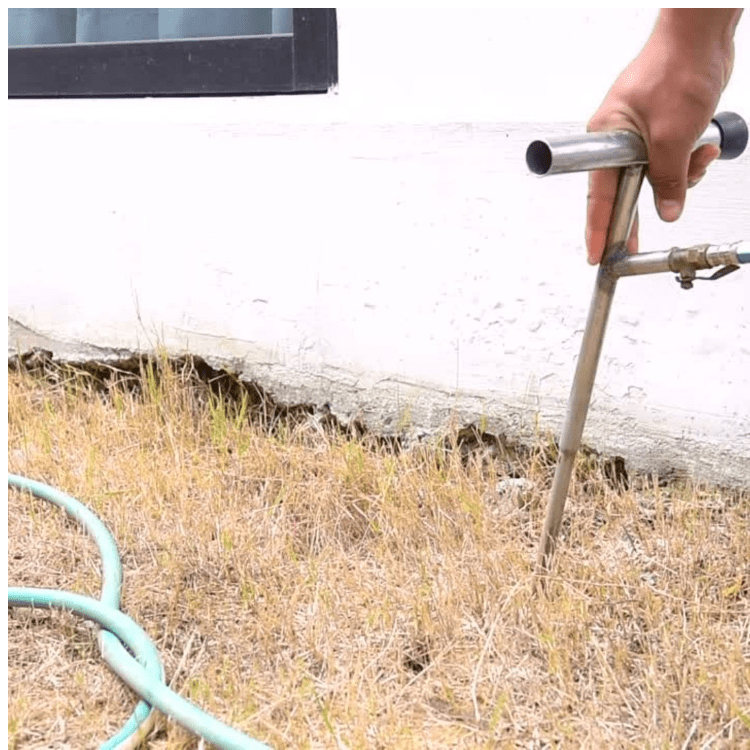Outsmarting the Silent Invaders: A Deep Dive into Termite Inspection Reports and Managing Wood Destroying Insects

Introduction
Hey there! Have you ever thought about what’s munching away at the structures of your home?
Nope, it’s not your noisy neighbors, but something far smaller and sneakier: termites and other wood-destroying insects. In this detailed exploration, we’ll dive headfirst into the world of termite inspection reports, and why they’re not just another piece of paper.
From spotting the telltale signs of an infestation to understanding the nuances of a Wood Destroying Organism (WDO) inspection report, we’ve got you covered.
Let’s crack on and get down to the nitty-gritty of keeping your home safe from these uninvited guests!
What You Need to Know About Termite Inspection Reports
The Basics of Termite Infestations
Termites, particularly subterranean termites and drywood types, are like the secret agents of the insect world—silent, hidden, and devastating. Here’s what you need to keep an eye on:
Subterranean Termites: These little buggers build their nests underground and can create havoc in your home from the ground up, munching on any wood in contact with the soil.
Drywood Termites: No soil? No problem! These termites infest dry wood directly, like that in your attic, and don’t require contact with the ground.
Unpacking the WDO Inspection Report
When you hear “WDO Inspection,” think of it as a detective’s report that uncovers any evidence of infestation and damage caused by wood-destroying organisms:
Visible Evidence: This includes termite droppings (yes, yuck!), discarded wings, and damaged wood.
Structural Integrity: The report assesses any impact on the structural stability of your home, helping you understand the extent of any damage.
A WDO inspection isn’t just about termites; it also covers other wood-loving culprits like carpenter ants, carpenter bees, and wood-boring beetles.
The Role of the National Pest Management (NPMA)
The NPMA sets the standards for pest management, ensuring that your termite inspection is thorough and up to industry standards. They’re like the big bosses ensuring everyone plays by the rules to keep your home safe and sound.
Digital Transformation in Termite Inspections
Gone are the days of cumbersome paper forms!
Today, digital forms on mobile devices make termite inspections quicker, more accurate, and easier to analyze.
Imagine getting a digital report that’s not only comprehensive but also easy to read and share – that’s the power of modern technology!
Termites and other wood-destroying insects, such as carpenter ants and wood boring beetles, pose serious risks to the structural integrity of homes.
To effectively manage these threats, homeowners should engage in annual professional inspections, adhering to the standards set by the National Pest Management Association.
These inspections, increasingly conducted using digital forms on mobile devices for accuracy and convenience, result in comprehensive Wood Destroying Organism (WDO) reports.
These copyrighted documents detail active and past infestations, visible damage, and necessary remediation steps, serving as crucial tools in real estate transactions and property management.
Preventative measures, including reducing moisture, eliminating soil-to-wood contact, and using chemical treatments, are vital in maintaining the structural health of a property and safeguarding it against further damage.

How to Read a Termite Inspection Report
Alright, you’ve got your hands on a termite report. Now what? Here’s how to decipher the lingo and findings:
Active Infestation: Indicates current termite activity.
Previous Infestation: Shows evidence of past infestations, but no current activity.
Damage: Details the extent of structural damage.
Recommendations: Advises on necessary treatments or repairs.
Why a Clear and Comprehensive Report Matters
A detailed report isn’t just about listing findings—it’s about providing peace of mind and a clear path forward. It ensures that you, as a homeowner, are informed and ready to take decisive action against these destructive pests.
Preventative Measures and Treatments
Keeping Your Home Safe: Preventative Tips
Want to keep termites at bay? Here are some top tips:
Reduce Moisture: Fix leaks as termites are drawn to moisture.
Clear Soil Contact: Keep wood, including mulch, away from your home’s foundation.
Regular Inspections: Schedule annual inspections to catch any early signs of infestation.

Treatment Options for Active Infestations
Caught the critters in action? Here are your options:
Soil Treatments: Chemical barriers that prevent termites from entering from the ground.
Bait Systems: Baits that attract and poison colonies.
Wood Treatments: Chemicals applied directly to the wood to kill and prevent termites.
FAQs About Termite Inspection Reports
How often should I get a termite inspection?
Ideally, have your home inspected once a year. In areas with high termite activity, more frequent checks may be necessary.
Can I perform a termite inspection myself?
While you can do a preliminary check, a professional inspection is recommended for comprehensive results.
What happens if I ignore termite inspection recommendations?
Ignoring recommendations can lead to severe structural damage

